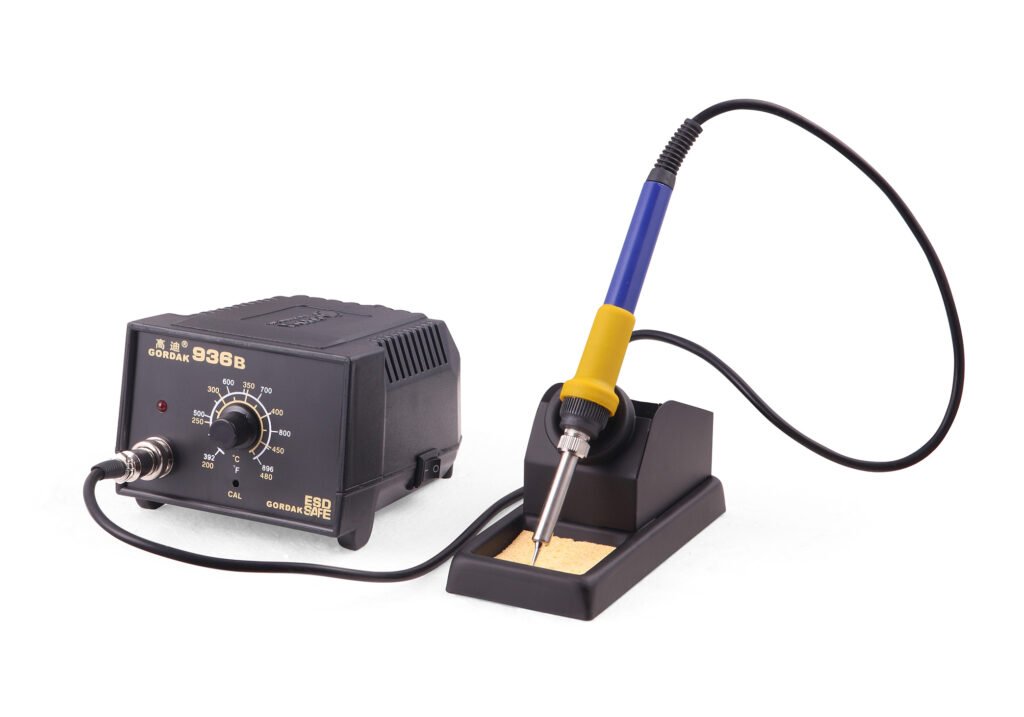A Beginner’s Guide to SMD Soldering

Have you ever wondered about what SMD soldering is and how this might help with your own soldering needs? If so, there’s a lot to learn. Luckily, this is where our experts can help, and we’ve outlined some of the main things you need to know about SMD soldering today to help inform your decision. What is SMD Soldering? Before we go any further, we first need to define what SMD soldering is. SMD soldering stands for Surface Mount Device soldering. This particular approach means that surface-mount components are soldered onto printed circuit boards. Compared to regular through-hole mounting approaches, SMD soldering means that the component is directly mounted to the surface. This provides a unique approach that’s versatile and valuable for small soldering applications. In turn, this can offer a much more precise approach compared to traditional soldering processes. How to Get Started with SMD Soldering Getting started with SMD soldering might sound tricky, but fortunately, this doesn’t have to be the case. In fact, SMD soldering is relatively simple once you know what you’re doing and how to approach this task. First, you’ll of course need to order your components; a top-quality circuit board is highly recommended here to ensure the best results. You’ll also need to invest in a top-quality soldering iron or hot air soldering gun to get the best results from your SMD soldering efforts. Before you can go further, you’ll need to clean off the PCB thoroughly to ensure that it’s completely clean and dry; a little isopropyl alcohol will often do a good job in this regard. Once you’re satisfied that the PCB has been cleaned thoroughly, you can then begin looking at applying solder paste. Of course, how you apply the solder paste will generally depend on the complexity of your PCB, so if you’ve got a more intricate PCB to apply solder paste to, you may need a stencil. Luckily, if this proves tricky, you can simply clean it off and try again. Once the solder paste is accurately in place, you’ll be able to then start placing the components, which is often one of the more complex aspects of SMD soldering. Then, simply reflow the solder using a hot air soldering gun (or a reflow oven, if you happen to have one). Lastly, all that’s left to do is clean up your PCB and remove any solder residue. After this point, you should be able to then clean up the PCB and allow it to dry. Final Thoughts If you have been looking for a new approach to soldering, SMD soldering might just be a good solution. Indeed, SMD soldering is both a practical and simple solution for soldering, and this can make it an excellent option for those needing a new way to work on their own electrical components. In line with this, if you have any further questions or queries about what SMD soldering is or how to get started, please don’t hesitate to get in touch with our friendly experts at info@gordakelec.com. We’re here to help you find the ideal soldering approach for your needs!
